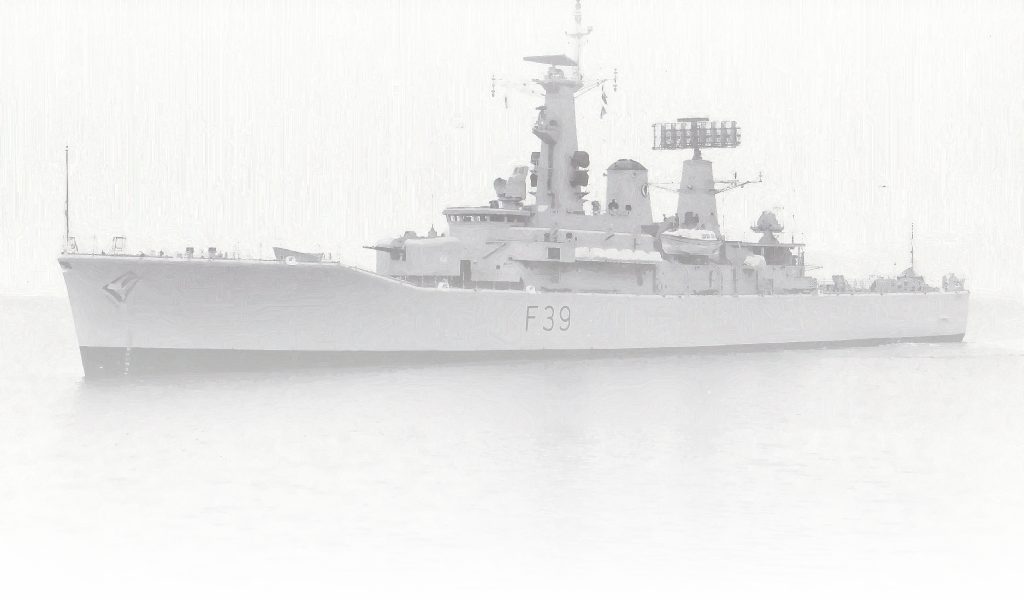




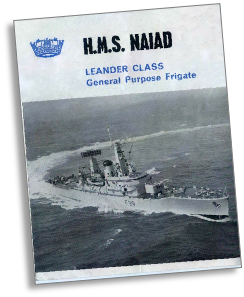
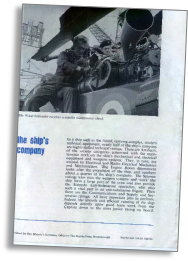




|
Name |
Penant |
Deck Letters |
Laid Down |
Launched |
Commissioned |
Info/Links |
|
Leander |
F109 |
LE |
10- |
28- |
28- |
|
|
Ajax |
F114 |
AJ |
19- |
16- |
11- |
|
|
Dido |
F104 |
DO |
02- |
22- |
18- |
|
|
Penelope |
F127 |
PN |
14- |
17- |
31- |
|
|
Aurora |
F10 |
AU |
01- |
28- |
09- |
|
|
Euryalus |
F15 |
EU |
02- |
06- |
16- |
|
|
Galatea |
F18 |
GA |
29- |
23- |
25- |
|
|
Arethusa |
F38 |
AR |
17- |
05- |
24- |
|
|
Naiad |
F39 |
NA |
30- |
04- |
15- |
|
|
Cleopatra |
F28 |
CP |
19- |
25- |
01- |
|
|
Pheobe |
F42 |
PB |
03- |
08- |
15- |
|
|
Minerva |
F45 |
MV |
25- |
19- |
14- |
|
|
Sirius |
F40 |
SS |
09- |
22- |
15- |
|
|
Juno |
F52 |
JO |
16- |
24- |
18- |
|
|
Argonaut |
F56 |
AT |
27- |
08- |
05- |
|
|
Danae |
F47 |
DN |
16- |
21- |
10- |
|
|
Hermione |
F58 |
HM |
10- |
26- |
11- |
|
|
Andromeda |
F57 |
AM |
25- |
24- |
2- |
|
|
Jupiter |
F60 |
JP |
03- |
04- |
13- |
|
|
Bacchante |
F69 |
BC |
27- |
29- |
05- |
|
|
Charybdis |
F75 |
CY |
27- |
28- |
06- |
|
|
Scylla |
F71 |
SC |
17- |
08- |
14- |
|
|
Achilles |
F12 |
AC |
01- |
21- |
11- |
|
|
Diomede |
F16 |
DM |
30- |
15- |
02- |
|
|
Apollo |
F70 |
AP |
21- |
15- |
10- |
|
|
Ariadne |
F72 |
AE |
01- |
10- |
02- |


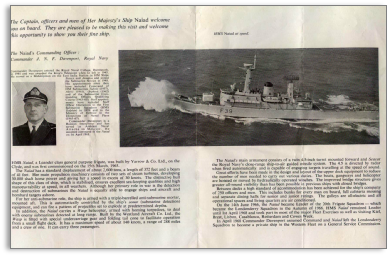
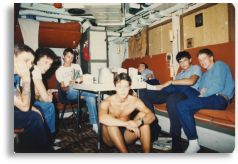
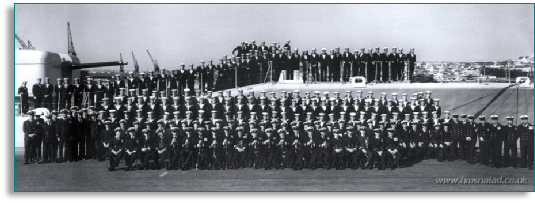 By the late 70's
By the late 70's